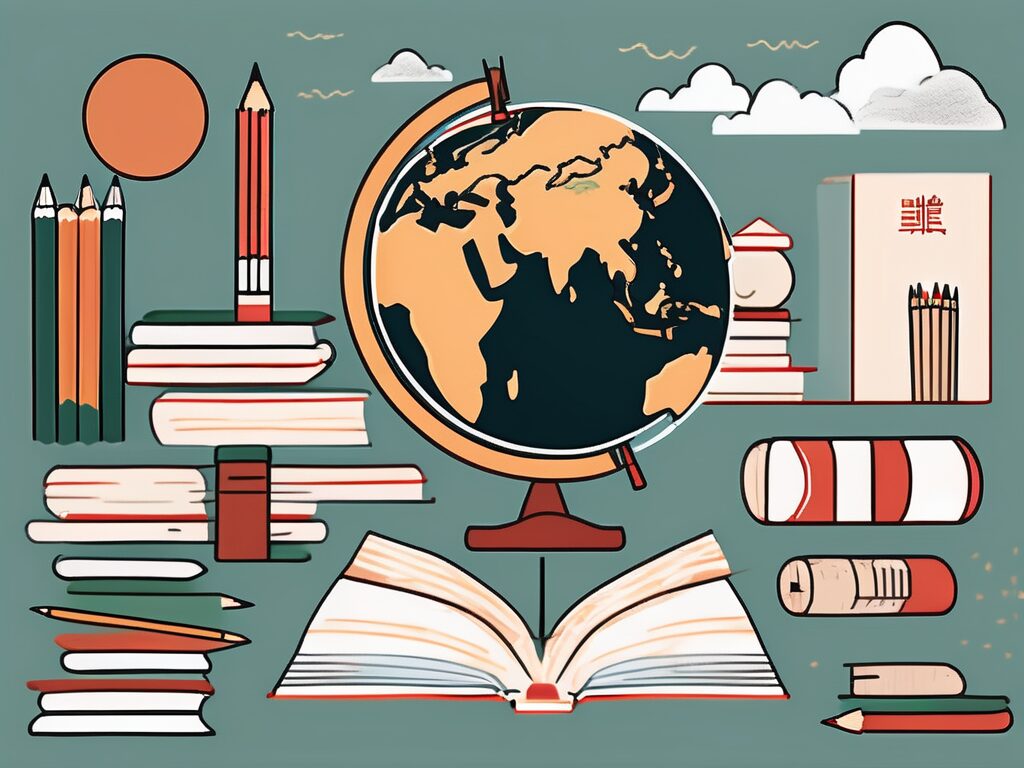Inclusive education is a global movement that aims to provide equal opportunities for all students, regardless of their abilities or disabilities. It’s a philosophy that recognises diversity as a strength and believes that every child can learn. In China, a country with a rich history and a rapidly evolving education system, the concept of inclusive education is steadily gaining traction. This article delves into five strategies that are being implemented to promote inclusive education in China.
1. Policy Reforms
Policy reform is the cornerstone of any significant change, and inclusive education is no exception. In China, the government has been proactive in implementing policies that support inclusive education. The ‘Compulsory Education Law’ and the ‘Law on the Protection of Persons with Disabilities’ are two such examples. These laws mandate that all children, including those with disabilities, have the right to receive compulsory education.
Moreover, the Chinese government has also issued a series of regulations and guidelines to promote inclusive education. For instance, the ‘Guidelines for the Education of Disabled Children in Regular Schools’ provides a comprehensive framework for integrating students with disabilities into mainstream schools. These policy reforms have laid a solid foundation for inclusive education in China.
2. Teacher Training
Teachers play a pivotal role in the implementation of inclusive education. In China, there is a growing emphasis on training teachers to cater to the diverse needs of students. Many universities and colleges have introduced courses on special education and inclusive teaching methods. These courses equip future teachers with the necessary skills and knowledge to create an inclusive classroom environment.
Furthermore, in-service training for existing teachers is also being prioritised. Workshops, seminars, and online courses are regularly organised to update teachers on the latest developments in inclusive education. These training programmes not only enhance teachers’ professional competence but also foster a positive attitude towards inclusive education.
3. School Infrastructure
Physical infrastructure plays a crucial role in promoting inclusive education. In China, efforts are being made to make schools more accessible and conducive for students with disabilities. This includes installing ramps for wheelchair users, tactile paths for visually impaired students, and sound amplification systems for students with hearing impairments.
Moreover, classrooms are being redesigned to facilitate inclusive learning. Flexible seating arrangements, interactive whiteboards, and sensory-friendly spaces are some of the features being incorporated into modern Chinese classrooms. These infrastructural changes are instrumental in creating an inclusive learning environment.
4. Parental Involvement
Parental involvement is a key component of inclusive education. In China, parents are being encouraged to play an active role in their child’s education. Schools are fostering partnerships with parents through regular communication, parent-teacher meetings, and involvement in school activities.
Parents of children with disabilities are provided with guidance and support to help them understand their child’s needs better. They are also educated about the benefits of inclusive education and how they can contribute to its success. This collaborative approach not only enhances the learning experience of students but also promotes a culture of inclusivity in the school community.
5. Community Awareness
Community awareness is essential for the success of inclusive education. In China, various initiatives are being undertaken to raise awareness about the importance of inclusive education. Public campaigns, media coverage, and community events are some of the strategies being used to spread the message of inclusivity.
Moreover, efforts are being made to dispel misconceptions and prejudices associated with disabilities. This includes promoting positive portrayals of individuals with disabilities and highlighting their potential. By fostering a supportive and understanding community, China is paving the way for a more inclusive society.
In conclusion, inclusive education in China is a multifaceted endeavour that involves policy reforms, teacher training, infrastructural changes, parental involvement, and community awareness. While there are challenges to overcome, the progress made so far is promising. With continued efforts, China is well on its way to achieving a truly inclusive education system.
Empower Your Inclusive Education Journey with IPGCE
As China strides towards a more inclusive educational landscape, educators equipped with the right qualifications will be at the forefront of this transformation. IPGCE is dedicated to supporting teachers in enhancing their credentials and advancing their careers. With our International Postgraduate Certificate in Education, you can overcome the barriers of stringent qualification requirements, connect with a global professional community, and gain a deep understanding of international curricula. Embrace the opportunity to increase your interview callbacks, promotion rates, and salary potential. Join the UK’s #1 Teacher Training Course and become a catalyst for change in the inclusive education movement. Join now and take the next step in your professional development.

